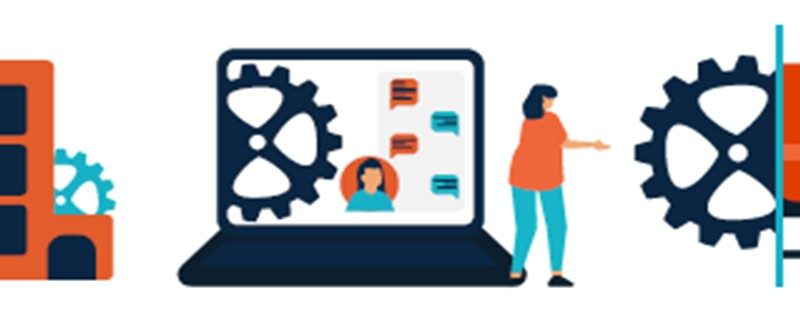Remote Working, Virtual Meetings & Technostress

Background
The COVID-19 pandemic accelerated major changes in the way we work - including a huge rise in the proportion of workers working remotely (often from home). Many remote workers report finding this way of working more flexible than traditional office-based work, however, we also know that it can also bring challenges, particularly the number and intensity of virtual meetings.
We used the explosion in home working during the pandemic as an opportunity to research how virtual meetings may affect remote workers' experiences of work-family conflict, job satisfaction and performance. We focussed on how virtual meetings may increase the techno stress that remote workers felt - i.e., a sense that they were becoming overloaded by the amount of online interaction, that it was encroaching on personal time or that it was making work more complex.
Key Findings
Two studies were conducted, collecting survey data from 400+ office workers in the UK between May 2020 and May 2021.
- We found that the “anytime/anywhere” nature of virtual meetings and the volume of such interactions disrupted daily workflow, adding to employee stress
- Support from colleagues helped buffer the impact of virtual meetings interrupting workflow. Which implied that having a supportive network of colleagues can help with workload management and reduce stress
- Remote workers experienced an increase in blurred boundaries between their work and home domains, especially where there was a lack of adequate space for a designated home office. This often mean work tasks were being completed in communal areas of the home, which often meant it was difficult to detach from work, heightening the feelings of constant connectivity, “always on” and reinforcing “around the clock” work habits.
Podcast:
You can listen to a discussion about the key findings in our podcast episode: The impact of technostress on remote workers
